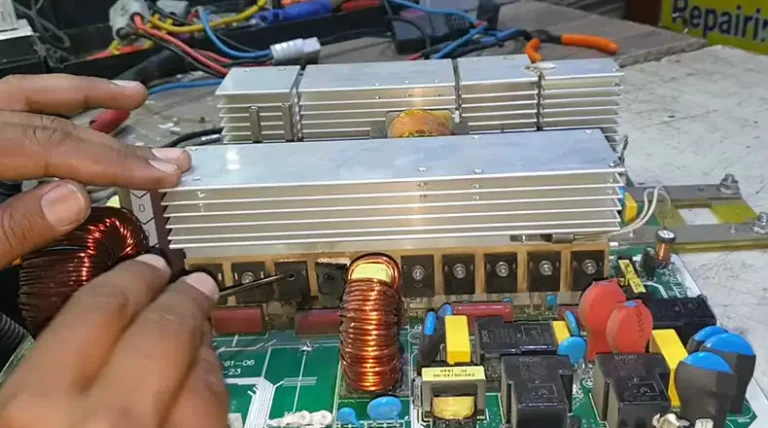Solar Inverter Problems & Solutions | How Do I Fix?
Solar inverters play a pivotal role in transforming solar energy into usable electricity for our homes. But, like all tech gadgets, they’re not immune to hiccups. Is your solar inverter giving you a tough time?
The quick remedy might be simpler than you think: Knowledge, prompt action, and a bit of troubleshooting can resolve the most common inverter issues.
Embark on this troubleshooting journey with me to keep your solar system up and running smoothly.
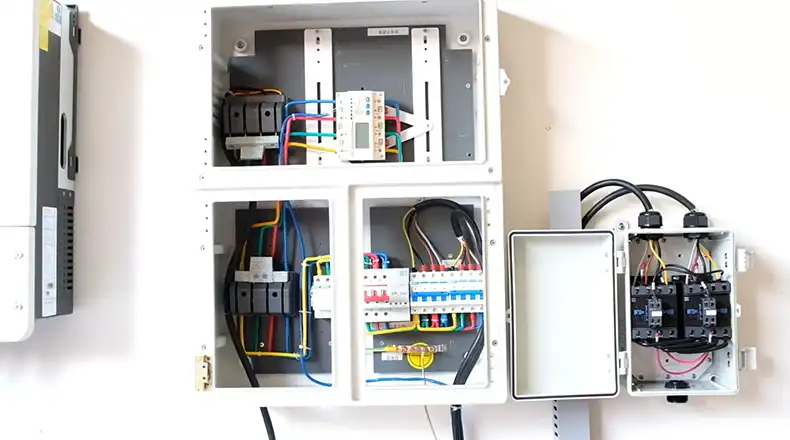
The Common Solar Inverter Problems & Their Solutions
Problem 1: No Display on the Inverter
Issue: The inverter screen is blank or doesn’t show any readings.
Solution:
- Step 1: Ensure the inverter is turned on.
- Step 2: Check if there’s a tripped breaker or a blown fuse.
- Step 3: Look for loose cable connections and secure them.
- Step 4: If the issue persists, consult a technician or consider a replacement.
Problem 2: Flashing Red or Error Message
Issue: The inverter shows a red light or an error message on its display.
Solution:
- Step 1: Refer to the user manual to understand the specific error code.
- Step 2: Ensure all connections are tight and secure.
- Step 3: Reset the inverter as per the manufacturer’s instructions.
- Step 4: Contact customer support if the error persists.
Problem 3: Reduced Efficiency or Output
Issue: The system produces less power than expected.
Solution:
- Step 1: Clean the solar panels to remove any obstructions.
- Step 2: Check for shading issues, ensuring panels get maximum sunlight.
- Step 3: Ensure the inverter’s input voltage and current are within specified ranges.
- Step 4: If output remains low, a professional assessment might be needed.
Problem 4: Inverter Overheating
Issue: The inverter becomes excessively hot during operation.
Solution:
- Step 1: Ensure adequate ventilation around the inverter. Overheating can occur if it’s installed in a cramped space or directly in sunlight.
- Step 2: Clean the inverter and its surroundings, removing dust or debris that might block airflow.
- Step 3: If overheating continues, the internal cooling system might be faulty. Seek professional help.
Problem 5: Frequent Tripping
Issue: The inverter trips frequently, interrupting the power supply.
Solution:
- Step 1: Check if the inverter’s capacity matches the solar system size. An undersized inverter can trip under high loads.
- Step 2: Ensure all electrical connections are tight and secure.
- Step 3: If the tripping persists, it might indicate internal faults, warranting a technician’s inspection.
Maintaining Your Solar Inverter
Regular maintenance can ward off many common issues:
- Periodic Cleaning: Dust off the inverter to ensure efficient cooling and operation.
- Regular Monitoring: Utilize inbuilt monitoring tools to keep an eye on performance metrics.
- Professional Inspection: Consider an annual inspection by a technician to preempt potential problems.
Why Solar Inverters Are Crucial?
Let’s understand Solar Inverters importance:
- Transformation Hub: Inverters convert the direct current (DC) generated by solar panels into alternating current (AC) used by home appliances.
- Efficiency Point: A well-functioning inverter ensures maximum power conversion, translating to more usable energy.
- Monitoring Centre: Modern inverters come equipped with monitoring features, giving real-time data on energy production and system health.
Final Thought
Harnessing the sun’s power for our homes is a commendable stride towards sustainability. While challenges with components like inverters can arise, equipped with the knowledge and a proactive mindset, these hitches can be swiftly resolved. Here’s to sunny days and smooth solar journeys!
Further Questions and Answered
How Long Do Solar Inverters Typically Last?
While solar panels can last 25-30 years, inverters typically have a lifespan of 10-15 years.
Are There Warranties For Solar Inverters?
Yes, most manufacturers offer warranties ranging from 5 to 15 years, with some even extending up to 25 years.
Can I Replace The Inverter Myself?
While minor troubleshooting can be done independently, inverter replacement is best left to professionals to ensure safety and system compatibility.

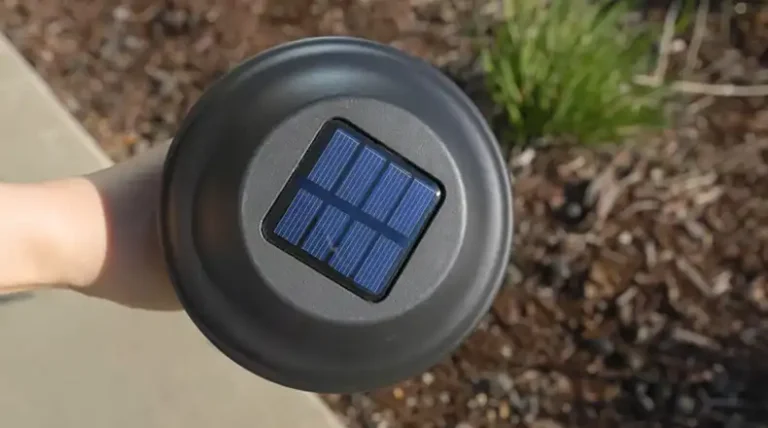
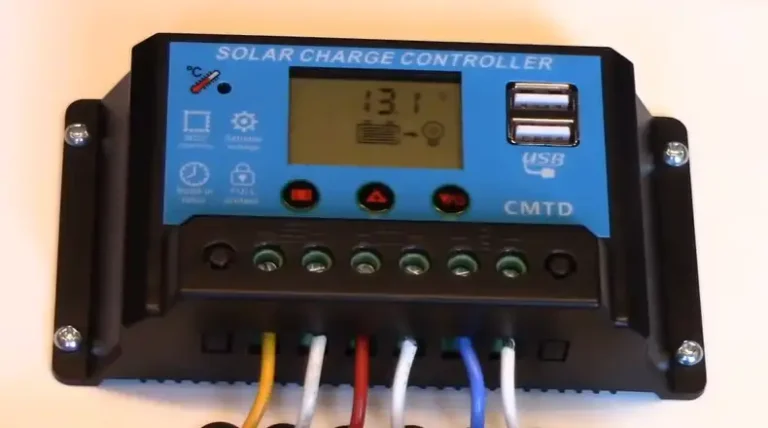
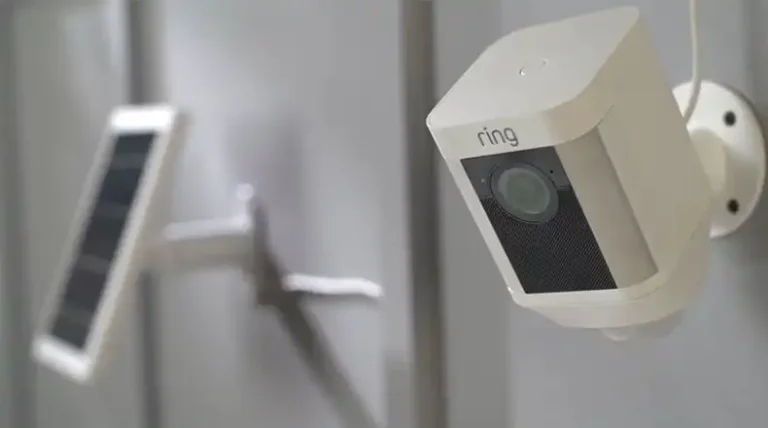
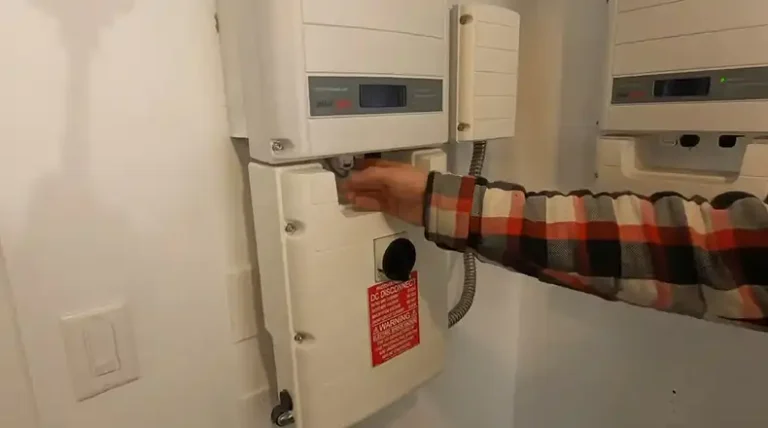
![[Answered] What Is A Line Side Tap?](https://www.itekenergy.com/wp-content/uploads/2023/08/what-is-a-line-side-tap-768x428.webp)
